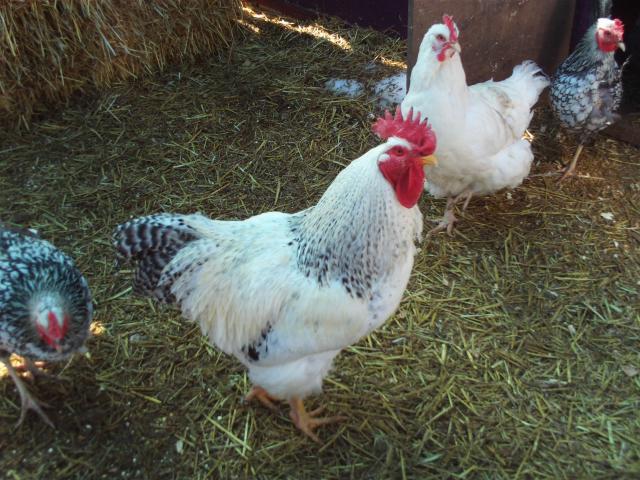Quote:
Looks like a lineup, whose the guilty party and why no numbers?
As a matter of fact, there are 2 or 3 "guilty parties," there! Their crime? Greenish looking legs appearing. These are not from my stock, but I wanted to see how they would turn out. So far, at this young age, I see good size. Will just have to wait and see. I have only 9 that I have hatched from my stock, and so far I haven't seen green legs, but I am on the lookout, and appreciate updates from those who do have my stock. I do have more of mine in the incubator, too.
Looks like a lineup, whose the guilty party and why no numbers?
As a matter of fact, there are 2 or 3 "guilty parties," there! Their crime? Greenish looking legs appearing. These are not from my stock, but I wanted to see how they would turn out. So far, at this young age, I see good size. Will just have to wait and see. I have only 9 that I have hatched from my stock, and so far I haven't seen green legs, but I am on the lookout, and appreciate updates from those who do have my stock. I do have more of mine in the incubator, too.
Last edited:







